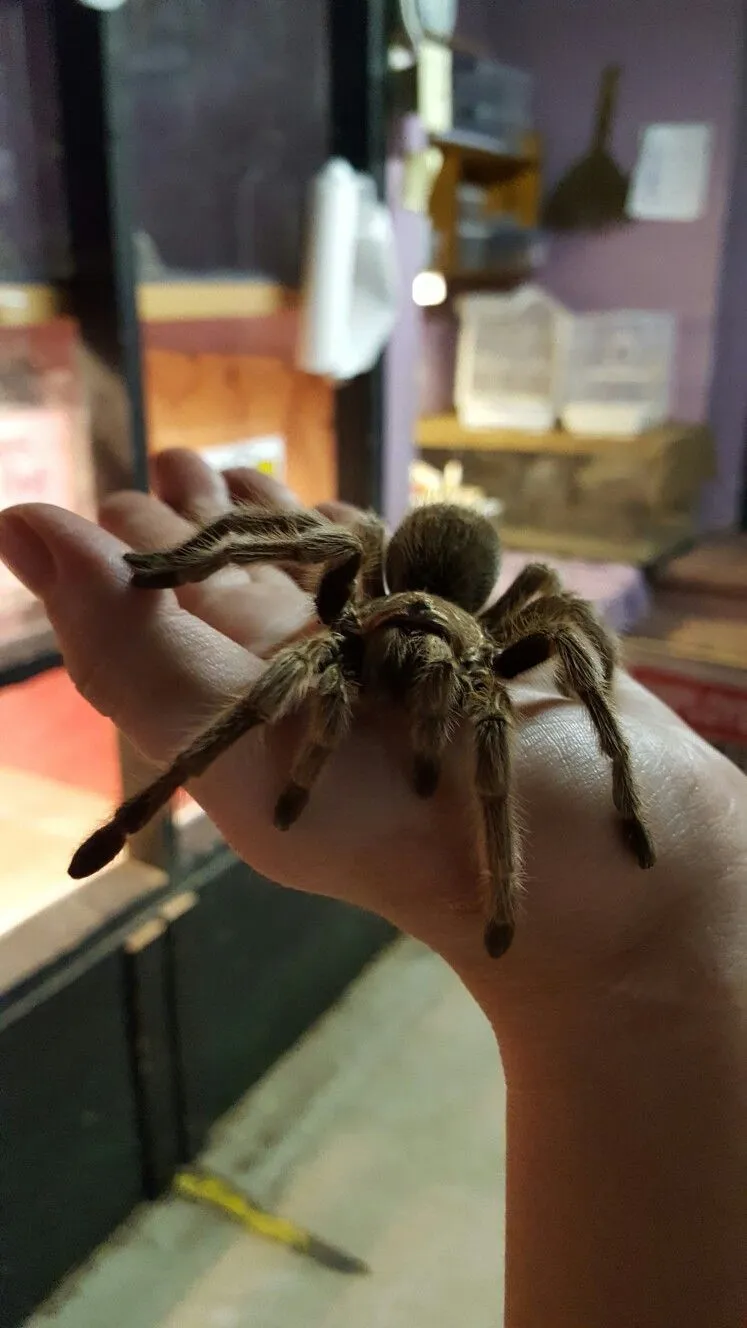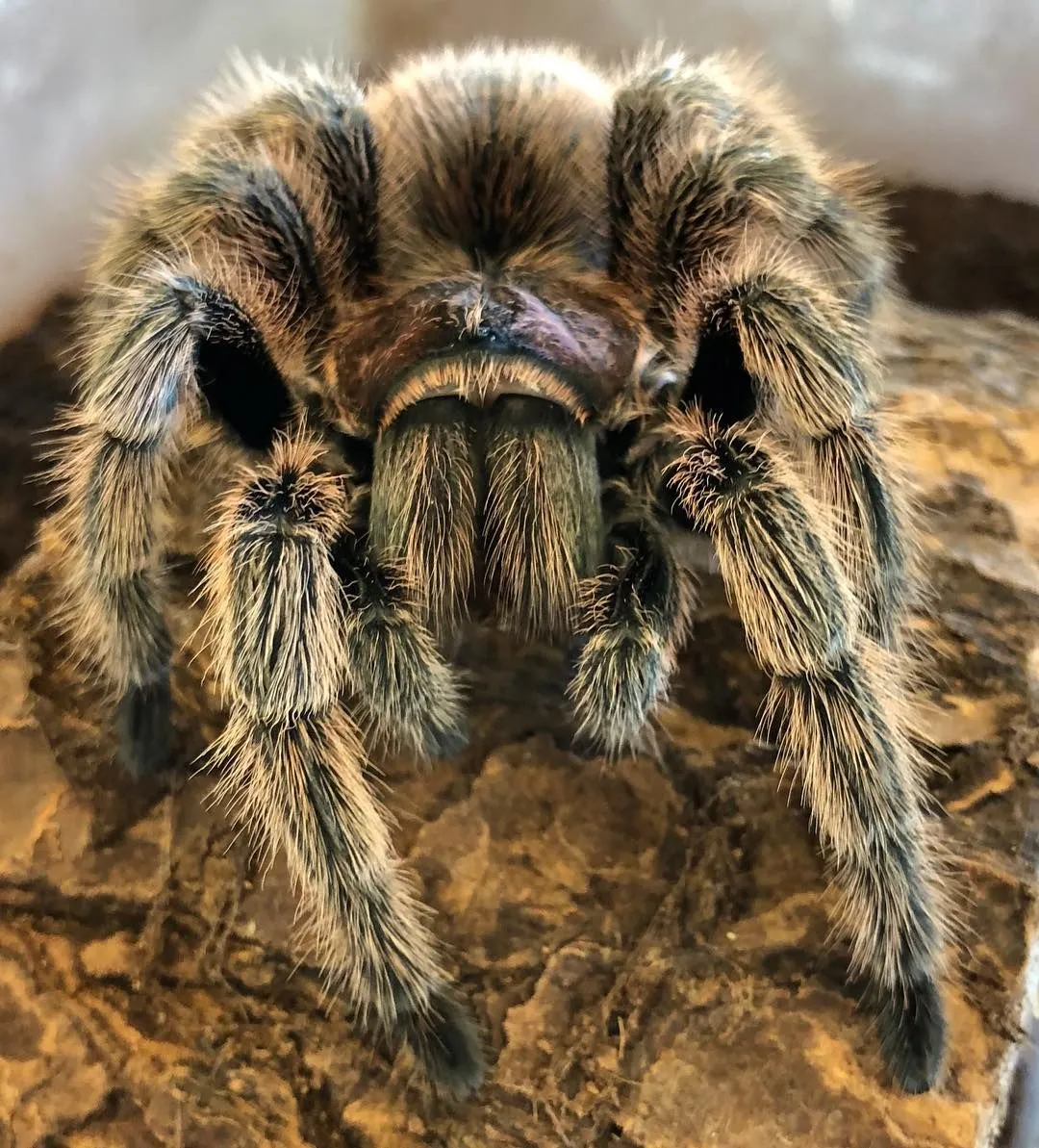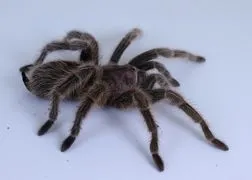What is Premolt
Premolt is a crucial stage in the life cycle of a rose hair tarantula, signifying the period before it sheds its exoskeleton. This process, also known as molting, is essential for the tarantula’s growth and overall health. During premolt, the tarantula prepares for this significant transformation, which involves creating a new, larger exoskeleton beneath its current one. Understanding premolt is vital for any rose hair tarantula owner, as it allows for proper care and ensures the well-being of the pet during this vulnerable time. Recognizing the signs of premolt and providing the appropriate environment can significantly increase the chances of a successful molt.
Understanding the Molting Process
Molting is a natural and necessary process for tarantulas. As an exoskeleton cannot grow, tarantulas must shed it to grow larger. The process begins with the formation of a new exoskeleton beneath the old one. During premolt, the tarantula’s body begins to separate from the old exoskeleton. The spider then positions itself, often on its back, and with the help of internal pressure and muscle contractions, wriggles out of the old exoskeleton. This process can take anywhere from a few minutes to several hours. After molting, the tarantula’s new exoskeleton is soft and vulnerable, requiring several days to harden completely. At this stage, the tarantula is extremely delicate.
Signs Your Rose Hair Tarantula is in Premolt

Identifying premolt is essential for providing the correct care. Several signs can indicate that your rose hair tarantula is preparing to molt. These signs can vary from spider to spider but generally follow similar patterns. Keep a close eye on your tarantula’s behavior and appearance to determine if it has entered the premolt stage. Observing these signals allows you to adjust the enclosure’s conditions to create the most favorable environment for a successful molt.
Changes in Appearance
One of the first noticeable signs of premolt is a change in the tarantula’s appearance. The abdomen may appear darker or more translucent, and the hairs on the legs and body may seem duller. You might also notice a bald spot on the abdomen. This is where the new exoskeleton is forming. As the tarantula prepares to shed, the old exoskeleton begins to separate from the new one, giving the spider an overall different, less vibrant look. These visual clues are often the earliest indicators that a molt is approaching. The tarantula might also appear plumper than usual before molting.
Behavioral Changes
Behavioral changes often accompany the physical changes of premolt. The tarantula might become less active and spend more time hiding. It may also start to seal off its burrow or retreat to a secluded area in its enclosure. Some tarantulas may become more defensive or irritable, while others become lethargic. These changes in behavior are natural responses to the stress of the molting process. Providing a calm, undisturbed environment is essential to support the tarantula during this phase.
Loss of Appetite

A significant indicator of premolt is a loss of appetite. Your rose hair tarantula will likely refuse food for several weeks or even months before molting. This is a natural response, as the tarantula’s body is focused on preparing for the molt. Do not be concerned if your tarantula stops eating; it’s a clear sign that premolt is underway. Avoid offering food during this period, as it could stress the spider. Once the tarantula has molted, its appetite will return, and you can resume regular feeding.
How Long Does Premolt Last
The duration of premolt can vary greatly depending on the tarantula’s age, size, and environmental conditions. For younger tarantulas, premolt might last only a few weeks, while older, larger tarantulas can be in premolt for several months. Factors such as humidity, temperature, and feeding schedule can also affect the duration. It’s essential to be patient and observe your tarantula closely. The exact timeline is impossible to predict. Always provide a stable and suitable environment.
Caring for Your Tarantula During Premolt
Providing the right care during premolt is crucial for the tarantula’s well-being and a successful molt. The primary goal is to create an environment that minimizes stress and promotes safety. Here are some key considerations for supporting your rose hair tarantula during this phase.
Provide a Safe and Stable Environment

Ensure the enclosure is free from disturbances. Avoid handling the tarantula during premolt. Keep the enclosure in a quiet area away from vibrations and bright lights. Provide a deep substrate for the tarantula to burrow if it chooses. The substrate should be appropriate for digging and molting. A secure and stable environment reduces stress and helps the tarantula feel safe during this vulnerable time. If you have other pets, keep them away from the tarantula’s enclosure.
Maintain Proper Humidity and Temperature
Rose hair tarantulas require specific humidity and temperature levels. Maintaining the proper environment helps the molting process. Ensure the humidity level is within the recommended range. Use a hygrometer to monitor the humidity. Lightly mist the enclosure with dechlorinated water. Maintain a consistent temperature within the enclosure. Avoid drastic temperature fluctuations. A stable climate provides the ideal conditions for a successful molt and overall health. Make sure to keep the enclosure well-ventilated to prevent the growth of mold.
Avoid Disturbing Your Tarantula
The most critical aspect of caring for a tarantula in premolt is minimizing disturbances. Do not handle the tarantula or move its enclosure unless necessary. Refrain from cleaning the enclosure. Keep any bright lights away from the enclosure. If the tarantula is burrowed, avoid opening the enclosure unnecessarily. This allows the tarantula to focus on molting without added stress. Patience and observation are key. Let the tarantula control its environment during premolt.
What to do After Molting

After a successful molt, the tarantula will be in a very vulnerable state. The new exoskeleton is soft and takes several days to harden. Do not offer food immediately after molting. Wait at least a week, or until the fangs have darkened, indicating they have hardened. Provide fresh water. Gradually reintroduce food, starting with smaller prey items. Observe the tarantula’s behavior to ensure it is eating and moving normally. Adjust your care routine based on the tarantula’s needs, and watch for the signs of the next premolt.
Caring for a rose hair tarantula during premolt is a rewarding experience, as you can witness a natural process. By understanding the signs, providing the right environment, and exercising patience, you can ensure the health and well-being of your pet. Remember, each tarantula is unique, so observe your spider and adjust your care accordingly. Enjoy the journey of owning this amazing creature!
